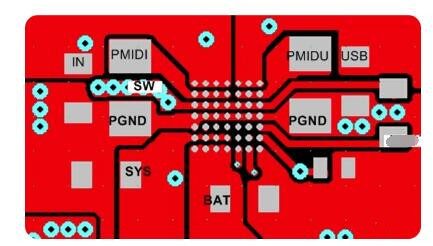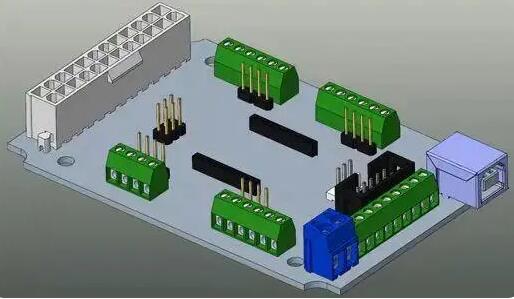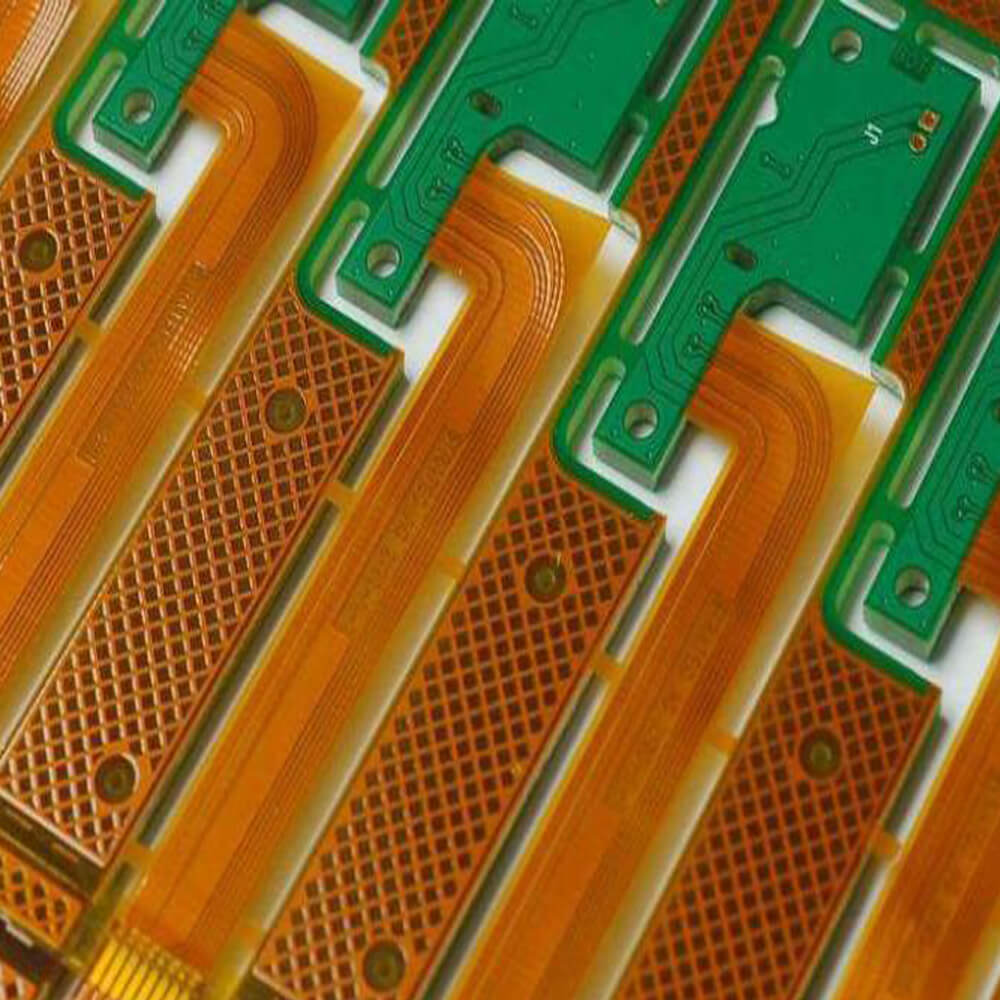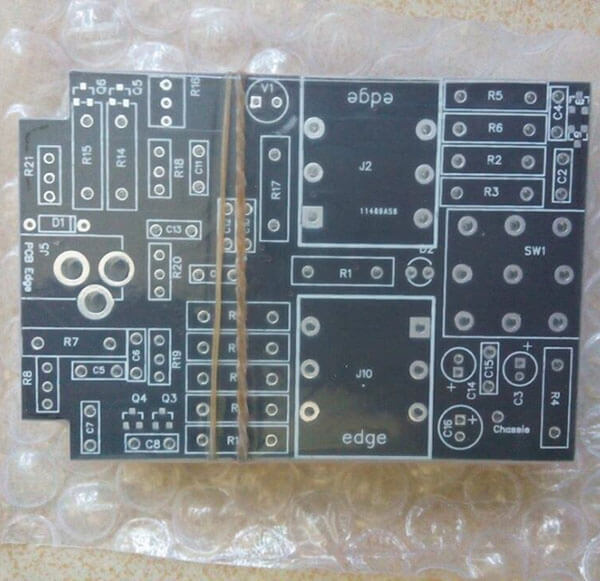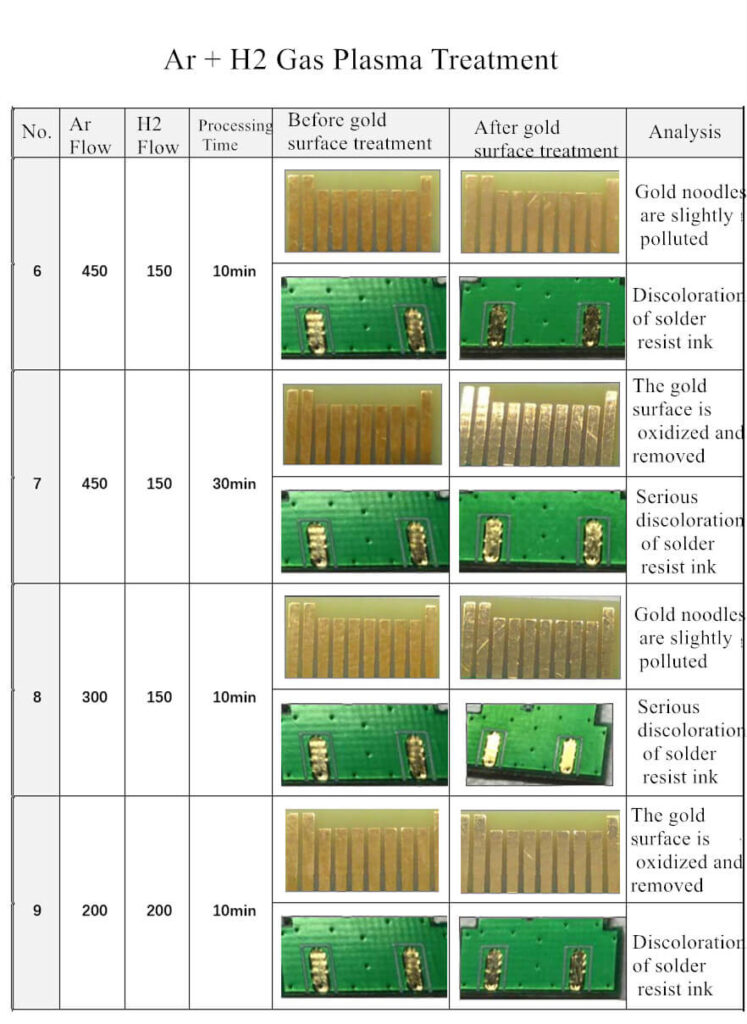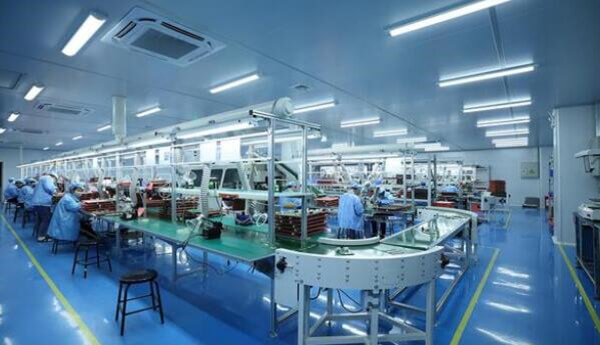Characteristics of Copper
- Copper element symbol Cu, atomic weight 63.5, density 8.89g/cm3, electrochemical equivalent of Cu2+ is 1.186g/a. H.
- Copper has good conductivity and good mechanical properties.
- Copper is easy to activate It can form good metal to metal bonding with other metal coatings, so as to obtain good adhesion between coatings.
Principle of Copper Electroplating
With the help of external direct current to produce electrolytic reaction, metal copper is deposited on conductors (such as chemical copper deposition layer).
Copper Electroplating Function
Provide sufficient conductivity / thickness and prevent thermal and mechanical defects in conductive circuits.

Copper Electroplating Solution
Composition of acidic copper plating solution
- Copper sulfate(CuSO4 •5H2O) — mainly used to provide Cu2 + required for electroplating and improve conductivity.
- Sulfuric acid (H2SO4) — the main function is to improve the conductivity of plating solution Improve the uniformity of through-hole electroplating.
- Chloride ion(CI– ) — the main function is to help the anode dissolve and assist the precipitation of copper.
- Additive — The main function is to improve the properties of uniform plating and deep plating, and improve the crystalline fineness of the coating.
Effect of composition content of copper plating solution on copper plating
Copper sulphate
If the concentration is too high,the dispersion ability of the plating solution will be reduced; The concentration is too low, the coating in the high current area is easy to scorch.
Sulfuric acid
If the concentration is too high, the mobility of Cu2 + is reduced, the current efficiency is reduced, and the ductility of copper coating is unfavorable; The concentration is too low, the conductivity and dispersion of the plating solution will be reduced.
Chloride ion
Too high concentration, the brightness of the coating decreases, the coating in the low current area is dark, and a gray white film will appear on the anode surface to passivate the anode; If the concentration is too low, it will produce striped rough coating, pinholes and even charring.
Effect of additives on copper plating
Carrier
- Adsorb to all plated surfaces to increase surface impedance, so as to change the poor distribution.
- Inhibition of deposition rate
Leveling agent
- Selectively adsorbed to the plated surface.
- Inhibition of deposition rate
Brightener
- It is selectively adsorbed to the plated surface to reduce the surface impedance, so as to worsen the poor distribution.
- Increase deposition rate
Chloride ion
- Enhance the adsorption of additives
Note: each additive acts in a restrictive manner
Effect of bath operating conditions on coating
Temperature
- With the increase of temperature, the electrode reaction speed is accelerated, the allowable current density is increased, and the deposition speed of the coating is accelerated, but the additives will accelerate the decomposition, increase the consumption of additives, quickly pollute the plating solution, rough crystallization of the coating and reduce the brightness.
- Temperature reduction. Allowable current density reduction. But the high current area is easy to scorch.
Current Density
Increasing the current density can improve the coating deposition rate, but the coating thickness distribution becomes worse.
Cathode Movement
Cathode movement is the movement of the workpiece through the round-trip movement of the flying bar. The moving direction is at an angle of 15 ° to the cathode. The moving amplitude is ± 30mm, and the moving frequency is 10-15 times / min.
Air Stirring
- Oil free compressed air flow 0.3-0.8m3/minm2
- The air supply pipe is 3-8cm from the groove bottom, the air hole diameter is 2mm, and the distance between holes is 80-130mm.
- The center line of the hole forms a 450angle with the vertical direction.
Filter
PP filter element, 5-10um filtration accuracy, flow rate 4-6 cycles / hour
Cathode
Phosphorus copper anode, phosphorus content 0.04-0.065%.

